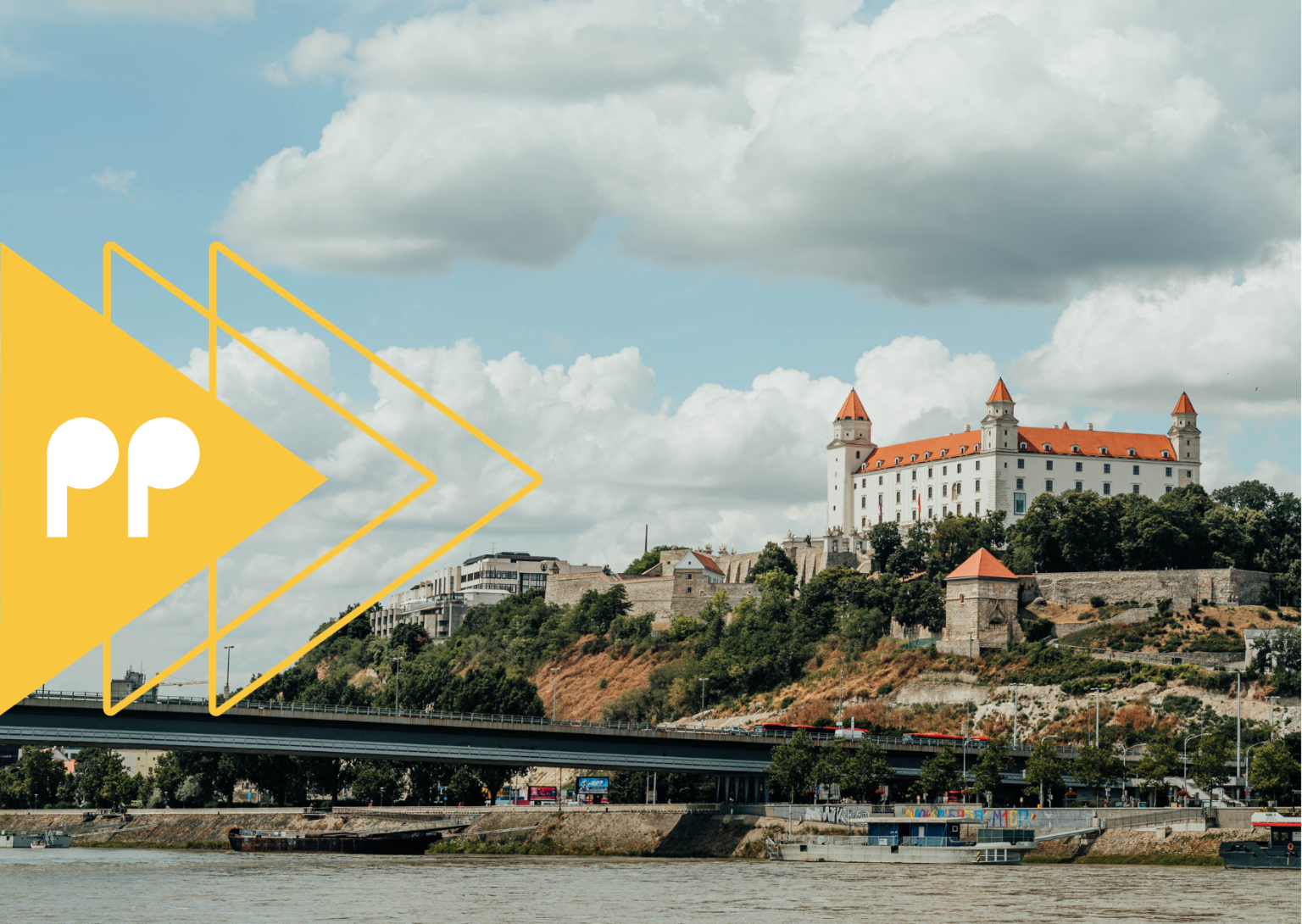In Slovakia’s often turbulent political arena, HLAS, founded in 2020 by defectors from Roberto Fico’s SMER and led by ex-PM Peter Pellegrini, has swiftly gained traction. Initially polling at 13-15 percent, HLAS struggled to significantly expand its base. However, its emergence as a kingmaker in Slovakia’s latest elections marks a crucial development for the party. Let’s dive in to see how.
Pelligrini’s balancing act: steering HLAS
Pellegrini, once a figure in SMER, started his political journey in the well-established party but presented a less authoritarian and confrontational approach. His moderate, polished image appealed to those disenchanted with SMER’s leadership, later positioning HLAS as a viable alternative. Despite its social democratic label, HLAS’s ideological position remained ambiguous, reflecting the broader trend of limited ideological discourse in Slovak politics.
During the campaign, HLAS appeared to position itself in the social democratic camp aligning with left-wing principles. The party, like many others, emphasised the preservation of social benefits without delving into the specifics of economic reforms. At the same time, Pellegrini projected an image of readiness and prudence, promising mature governance amidst a politically fragmented society that Slovak voters have been longing for. This resonates strongly in the current political climate, where the government and state institutions have been perceived as constantly engaged in internal conflicts.
However, as the campaign unfolded, it became apparent that Pellegrini’s strategy of steering clear of controversy and maintaining a neutral stance faced challenges. Concerns arose among voters aligned with Fico’s ideologies, fearing that Pellegrini might lead the nation toward a right-liberal government. Simultaneously, Western-leaning HLAS supporters worried about the potential influence of Fico’s policies. The attempt at a colourless and odourless character seemed, for the moment, to struggle to gain the desired momentum.
HLAS’s kingmaker role: strategy or serendipity?
Against the odds, HLAS’s strategy paid off. Despite initial polls, the party garnered 14.7 percent of the vote, becoming essential in any government formation scenario. One of the reasons HLAS ended up not coming in second or first was most likely that it was too right for the left and too left for the right. Although he tried to distance himself from SMER and Fico during the campaign, the results made it obvious that HLAS would join forces with his ex-party members rather than with the liberal Progressive Slovakia. This is also down to the fact that HLAS’ “back country” both financially and intellectually is largely based and affiliated with SMER. Despite Pellegrini not taking an active government position again – he became Speaker of the National Council (the Slovak parliament) – his party was able to delegate seven cabinet ministers out of 15, so nearly half.
Lessons learned
In the current scenario, as Slovakia navigates the post-election period, HLAS finds itself in a pivotal role. Pellegrini emerges as the kingmaker in Bratislava, influencing the formation of the government and holding the potential to shape the nation’s political trajectory.
However, it’s necessary to understand that HLAS’s rise can be attributed to Slovakia’s proportional electoral system, which necessitates coalition governments. The party’s positioning as a middle ground in a highly polarised society, along with Pellegrini’s strong elite connections, played a crucial role in this success.
Still, the “middleman: strategy is risky and rarely successful unless certain conditions are met: a proportional system, a divided electorate, and strong networking capabilities. For emerging parties, this approach may be viable, but the ultimate goal should always be outright victory.

